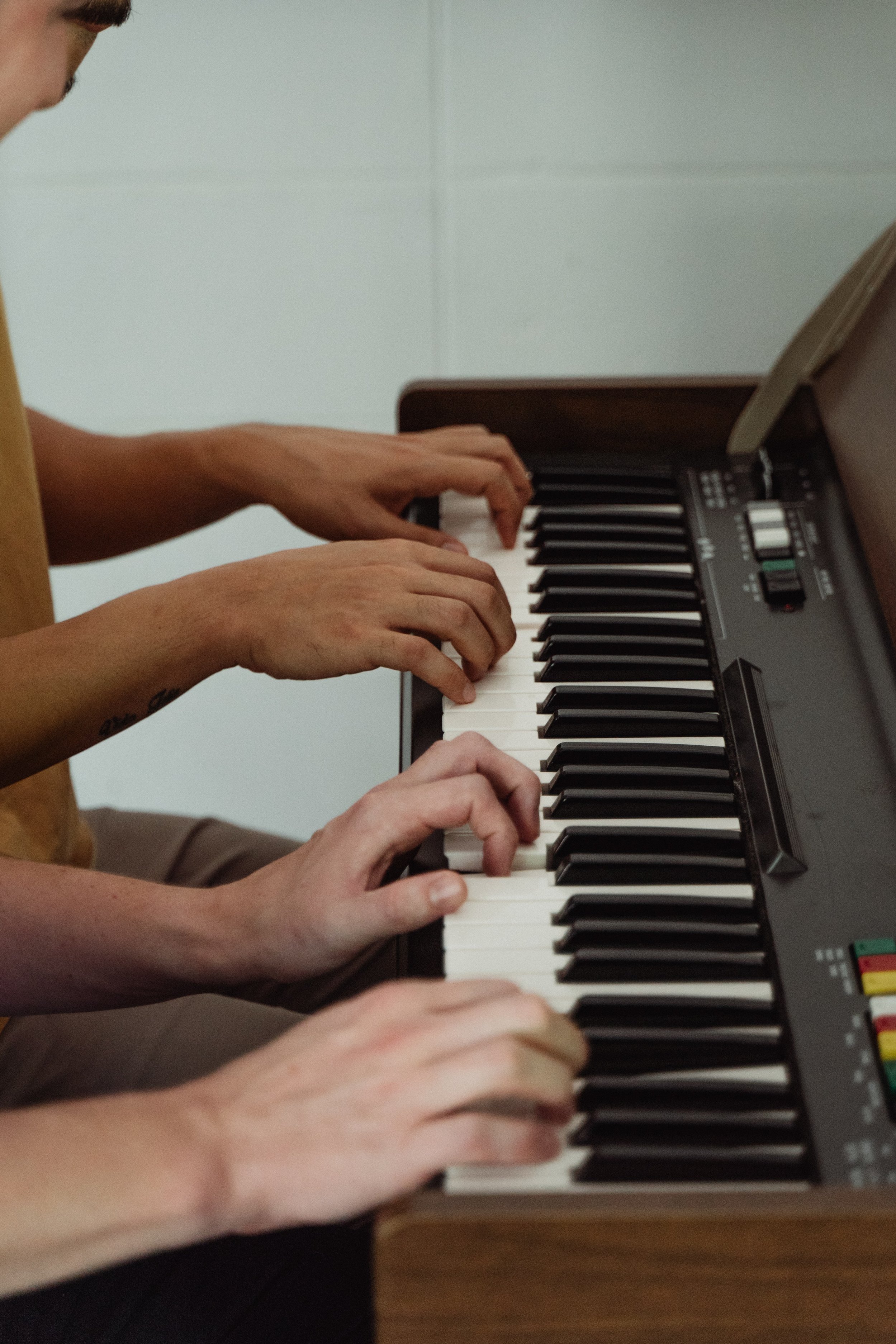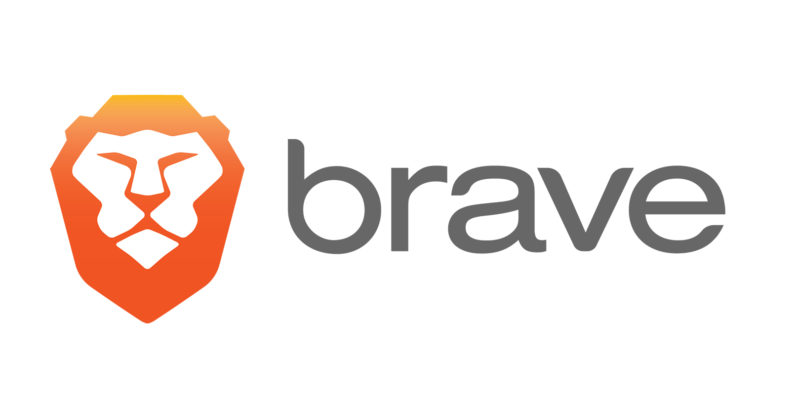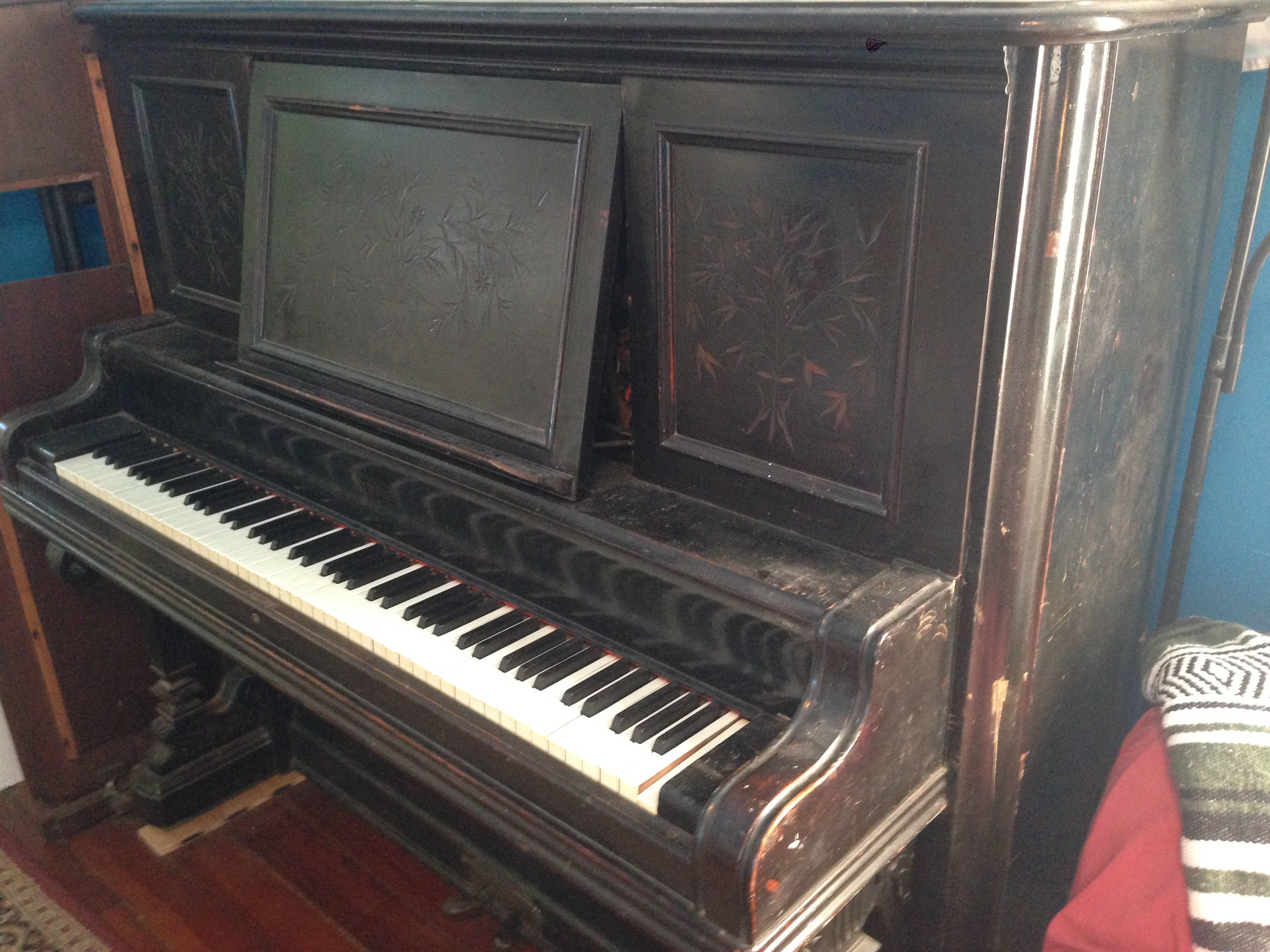A common tuning fork
Historically, pianos have always been "tuned by ear." This means that a single reference pitch is tuned to an outside source, then the entire rest of the piano is tuned from that pitch using specific predetermined intervals with known desired outcomes. In common terms, a piano tuner knows that if an A note has already been tuned to an outside reference, the next higher E (an interval known as a "fifth") needs to be tuned so that only a slow rolling beat can be heard when the A and E are played together. When this rolling beat has been achieved, the tuner can move on to the next interval, whether it be another fifth, or any other interval with a known desired outcome.
Tuning technology has become more and more sophisticated in the past 300 years. The first great leap forward was the creation of the first tuning fork in 1711. Prior to the tuning fork, pitch pipes were used by singers to produce a reference pitch before starting to sing in a specific key. Although they were adequate for vocal purposes, these pitch pipes had many undesirable characteristics for use in piano tuning. The brass reeds in them were subject to varying temperatures, humidity levels, and air pressure which caused significant inconsistencies in the tones produced by the single pipe. The tuning fork solved all of these problems by providing tuners a means to produce a consistently accurate pitch that was practically unaffected by temperature or humidity. In fact, these tuning forks were so precise that they later became key components in quartz clocks and watches.
Korg OT-120 ETD
Today, in the modern age of piano-technology, it has become commonplace to encounter successful piano tuners who don't carry a tuning fork with them. The reason for this is the development and refinement of Electronic Tuning Devices (ETDs). ETDs have been around for a long time (about 80 years!). Historically, they have been very bulky and inconvenient to use in field work, not to mention expensive. These days, simple electronic tuners are extremely common in the form of small battery powered units used mainly by guitarists, violinists, and players of other string instruments. When it comes to pianos, however, these units are completely inadequate. Many guitar tuners only provide a reference for the 6 pitches that comprise the "open strings" of the instrument. Even more sophisticated orchestral tuners are all but useless for range of pitches encompassed by an 88-note piano. This is due to the fact that these tuners do not account for the inharmonicity present in the strings of a piano. If you are not familiar with this phenomenon, take a peek at my previous blog post.
The first benchmark in electronic tuning was the development of the "strobe tuner" which was made famous by Peterson Strobe Tuners in 1967. These tuners provided remarkable accuracy and allowed for extremely minute adjustments of pitch.
An early Peterson Strobe Tuner
Sanderson Accu-Tuner I
Not far behind in production were ETDs made using quartz oscillators, made famous by companies like Korg. These tuners are very useful for tuning string instruments and come in many different styles with different types of displays.
The first truly sophisticated ETD was the Accu-Tuner produced by Inventronics. It was produced in the 1980's and was fairly bulky by today's standards, but it was the first device to measure levels of inharmonicity and to be able to compensate by offsetting the desired pitches by appropriate amounts. Following the Accu-Tuner were several other advanced tuning systems such as the Cyber-Tuner and the Verituner.
The main page of TuneLab showing the Phase Bar and frequency graph
Today, these bulky machines have been widely replaced by software products like TuneLab. This program can be installed on any computer or mobile device and will use a device's built in microphone to provide visual feedback during tuning. A "Phase Bar" as well as a frequency graph are displayed to give the tuner multiple ways to view the same information. Tunelab can also be used to record "test notes" along the length of the keyboard, calculate an instrument's inharmonicity, and produce "tuning curves" that the tuner can manually customize to produce any desired result. Also available is an "Overpull Mode" that calculates the amount that each string must be raised over the target pitch during a pitch raise in order to be left with an approximately in-tune piano after the pitch raise is finished. Limits are set into the mode to prevent any strings from being raised sharp enough to break. Using the frequency graph, a successful pitch raise can be performed without having to mute a single string! At first, I was quite skeptical about the program's ability to use a smartphone's microphone to produce satisfactory results, but I can say that it is quite remarkable how consistently accurate it is.
TuneLab's Overpull Mode settings
TuneLab can be downloaded here and can be used in trial mode for free.


















I have been servicing and tuning pianos in NOLA since 2012 after first becoming interested in piano technology in 2009. With a background in teaching bicycle mechanics, I bring a methodical mindset and a love of sharing knowledge and skills to the rich musical culture of New Orleans.